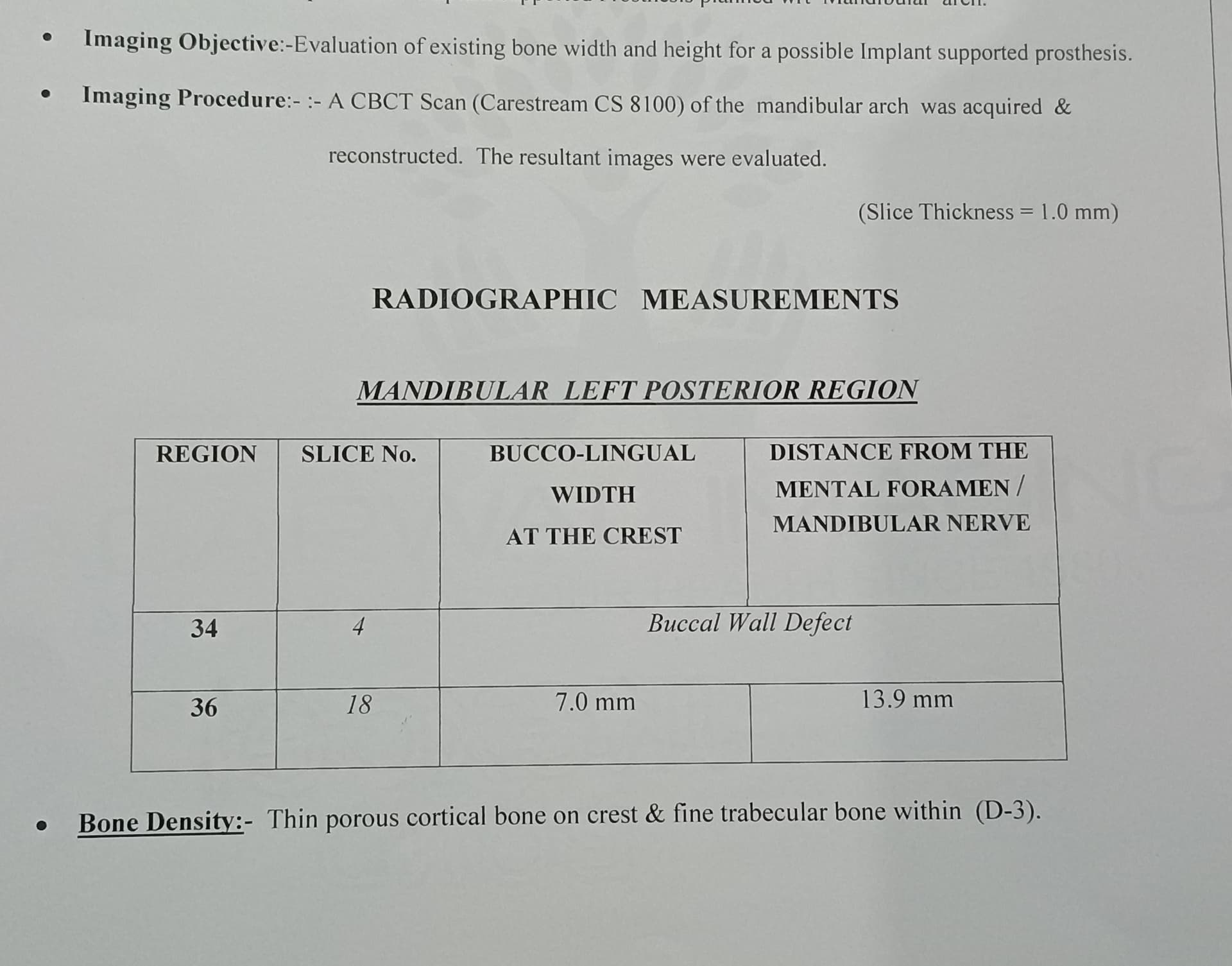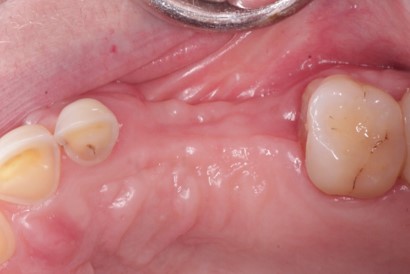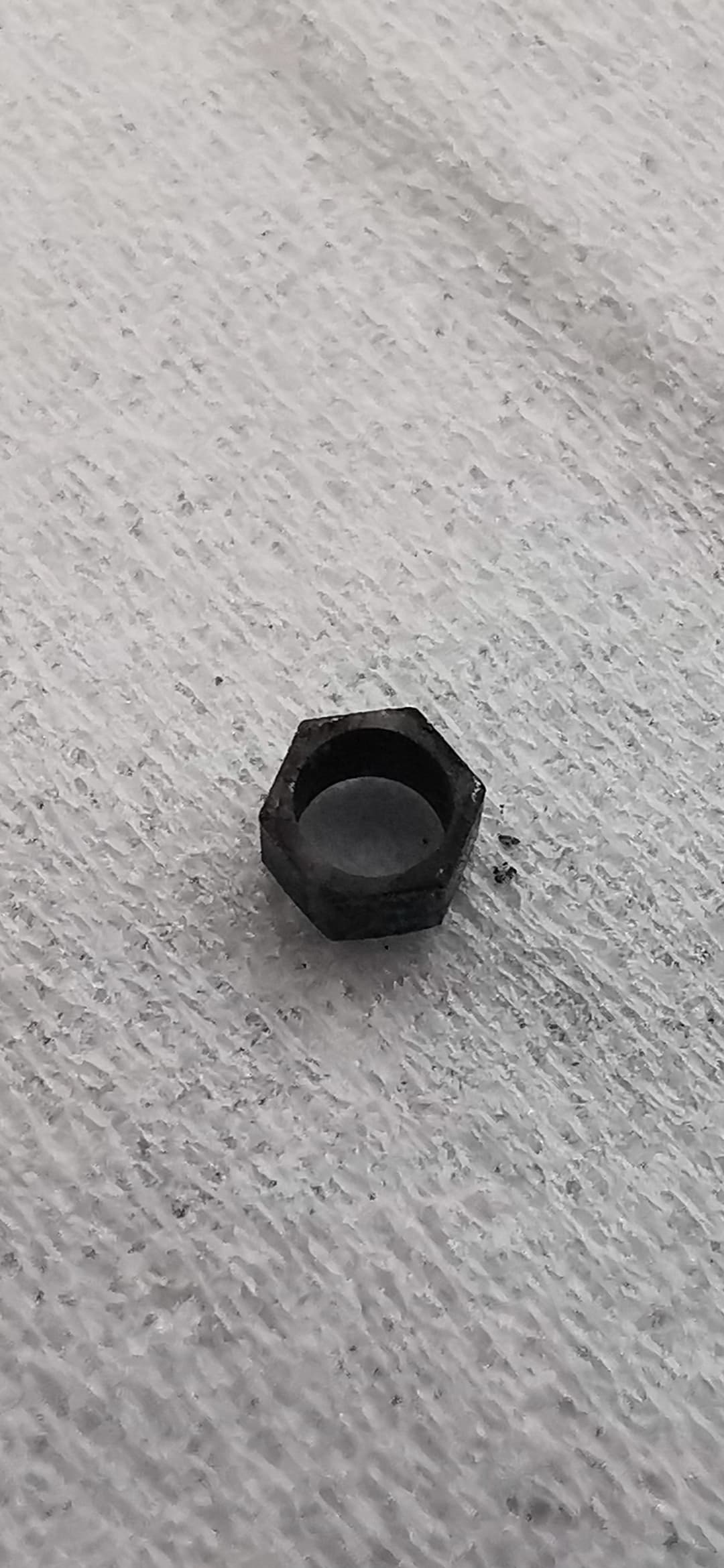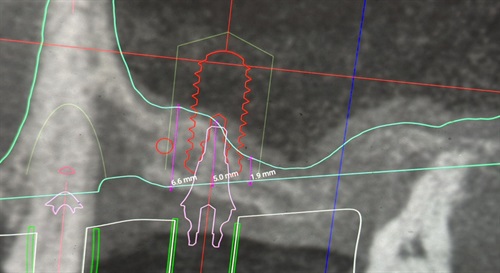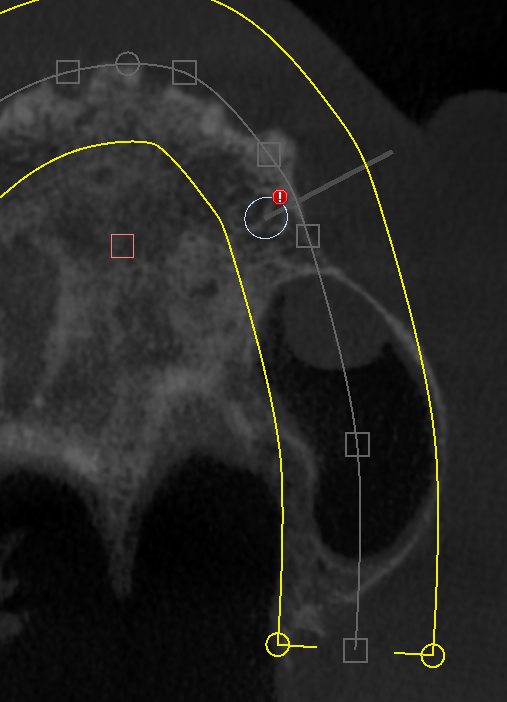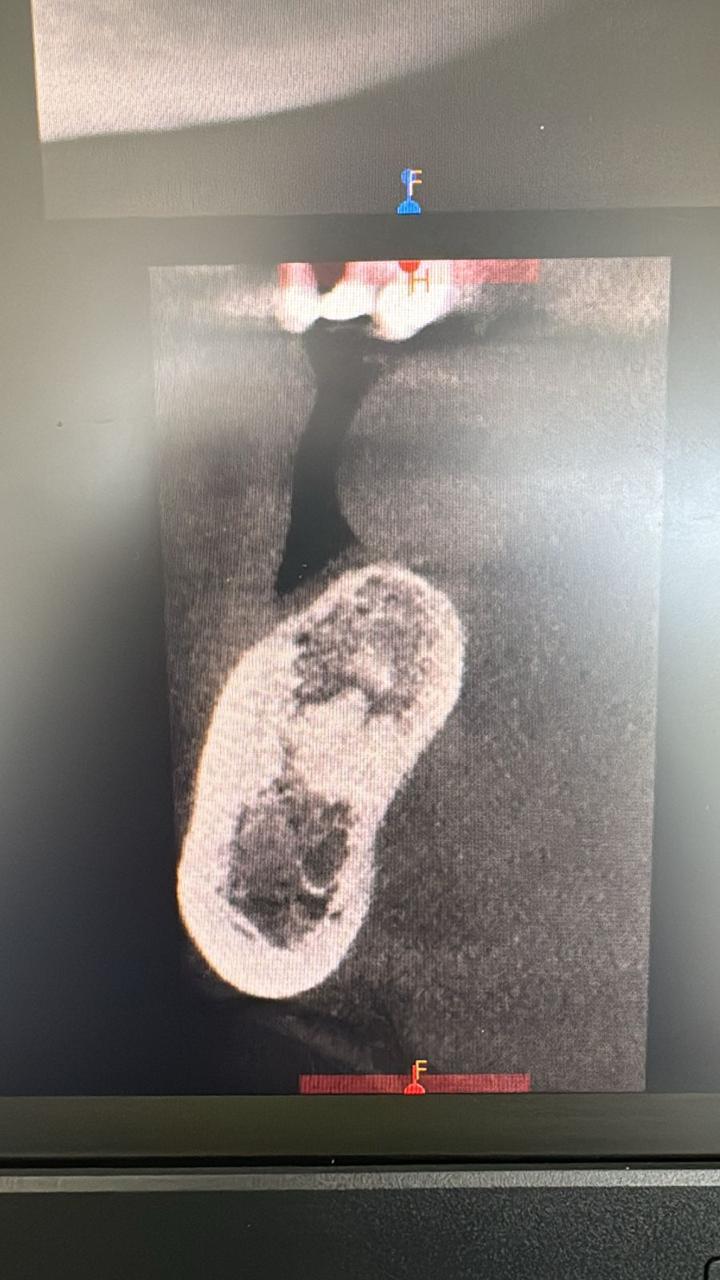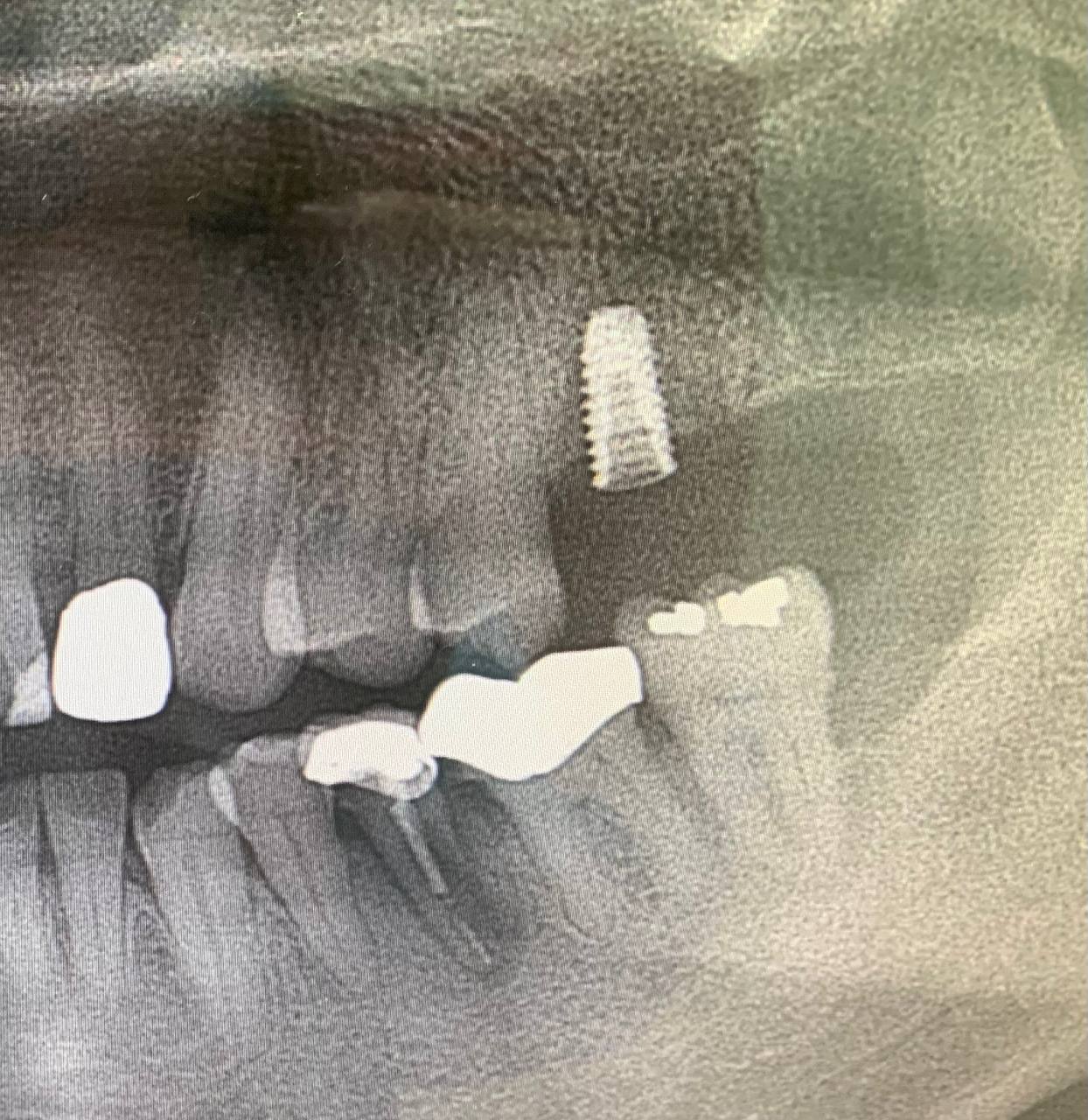Mandibular Denture is Loose and Shifts: Attachment Recommendations?
Dr. B. asks:
I have an edentulous patient with very little bone in the mandible who complains that her mandibular complete denture is loose and shifts around when she eats. She wants her mandibular denture to be more stable and not move when she eats. The CBVT scan shows 6-8mm of height and bucco-lingual width around 10mm. I am planning on placing 3-5 implants in her anterior mandible and using either a ball or some other kind of attachment. What attachment system would you recommend? Would a sub-periosteal implant be a better approach for this patient?
25 Comments on Mandibular Denture is Loose and Shifts: Attachment Recommendations?
New comments are currently closed for this post.
Dr. Gerald Rudick
3/22/2011
I have a patient with a similar mandible. It is about 20 years since 4 implants were installed in the syphysis and all connected with a Hader Bar. The patient enjoys eating, speaking etc. A word of caution would be to use implants of sufficient size to become integrated, but allowing the cortical plate on buccal and lingual to be intact, as overzealous osteotomies could result in a fractured jaw. Good luck to you and the patient.
Dr. TK
3/22/2011
With that much resorption you can use any system that you want. I have moved to Locator/GPS attachments exclusively for implant retained removable. GPS abuments are Locator clones from Implant Direct. I have been pleased with O-ring systems. I don't like the Zimmer Cap (or "Snappy") ball abutments with the Nylon female components. I always have trouble with them. I have converted new patients with that system to Locators because I know I will have fewer problems. I have never used ERA.
Bruce GKnecht
3/22/2011
It sounds like you have an ideal situation for a bar overdetnure or if the posterior bone is this width and over 10mm in height a hybrid. I like the Bar after placing many locators. I have found that the angulations, even when you are trying very hard to minimized the divergence is chanllenging. What I mean is that the locator male centers sometimes need to be cut out so taht the dneture seats. With this divergence causes rubbing of teh sides of the nylon retainers adn the need for premature changing of the attachments; especially if the patient is a bruxer. I like bars since the lab can parallel the impalnts into a bar adn minimized the stress on the Nylon attachment. The issue that I have found is that the denture can be so retentive tht it is hard to get out. It takes a few more steps but the peace you feel when the patient is eating well and praising you is worth it.
LD
3/22/2011
Dr. TK,
You should be warned that the GPS system is poor clone for the Locator System. The male will not pivot in the housing and will wear quicker then the Locator male. It's not much of a savings if you have to replace the male often.
Dr G John Berne
3/22/2011
I would definitely advise Locators (I haven't tried the clones so I can't comment on them).
They allow a reasonable amount of divergence (which shouldn't be a problem in this case)and there are a flexible range of inserts which give a variety of retention strengths. Placing two implants in 33 and 43 region if possible will give good retention and are relatively simple to do. I prefer to place the Locator attachment for the denture directly in the mouth with self cure resin. This way it fits and is simple to do.
You have to instruct the patients to place them correctly in the mouth, otherwise they can squash the plastic inserts and they won't work. Also some elderly patients find the denture difficult to remove when using hard inserts.
king of implants
3/22/2011
Three implants with three locator will give your patient exceptional retention. As good or better than some bars. You can also go for a hybrid, but I find that patients already used to a removable may not like this option. They like the removable because it is easy to clean. You can get the stability of a hybrid by placing four implants with cad/cam bar, a secondary bar in the denture and use lew attachments or any other of your preference. This option gives your patient ease of cleansability and great retention and stability.
ttmillerjr
3/23/2011
That is one severely atrophied mandible. I'm sure her "ridge" is well below her tongue and I'm picturing the connection from implant to denture 15mm or more below the denture teeth. That is a long lever and could lead to complications. I agree with Bruce and say go for the bar overdenture.
David Nelson DDS
3/23/2011
yes I like locators. To prevent over retention when the implants diverge they make inserts without the center portion, and they come in different degrees of retention.
Peter
3/23/2011
Dr Berne mentions that he prefers to attach the locator housing intra-orally with a self cure resin. What material is this and what do other practitioners use of they undertake the same procedure?
Mark K. Setter
3/23/2011
With only 6-8mm in bone height, the placement of implants has a reasonble (likely) chance of contributing to a mandibular fracture. This case should be considered for a Hip Graft to provide adequate bone height and remaining mandibular basal bone strength. This patient is reported to be female and possibly over age 40, making the mandibular fracture a real risk. The type of attachment is not really the question. Should this patient be implanted with the bone she has presently available?
Francis DuCoin
3/23/2011
Unfortunately, a subperiosteal implant is the ideal implant for this patient. I would like to know her age. I say "unfortunately" because so few people understand these implants today, as evidenced by the earlier posts, that you may have trouble finding someone to place it.
king of implants
3/23/2011
ERA Pick-up is the material I use to chairside Detroit. Clean and easy.
Dr.B.Praveen
3/24/2011
You can do guided surgery and place 3 to 4 implants with an overdenture option using Locator abutments. By using the surgical guide you can be sure of the safety margins and avoid any fracture and also check the density and quality of the bone and be careful in the drilling protocol.
Rob Dunn
3/24/2011
Why has no one suggested mini implant support for this denture. 3M have a classic design with 7mm of treated thread length,and placed bi-cortically, with four in place, will give this patient a real boost to her quality of life.
Without grafting, I cannot see that conventional implants are an option
ben manzoor
3/25/2011
Dear Dr. B
I am sure you be confused by now. i would say clleagues when post a suggestion back it with long term follow-up or literature.like TK and LD March give good account for GPS.
first 6 comments sums it up for you rest confusing you.
so options according to my clinical experience are
1. areas where you have 8 mm go for them ignore 6mm and place 2-3 implants in interforaminal region.
2. option between locator and bar depend upon height of lower denture if you have enough OVD on existing denture to accommodate BAR if not go for locator works fine done in hundreds in the hospital where i trained and been using since then.
some one talking about denture 15mm above implant is unbelievable. bone resorbs and softtissue follow. denture sit on the ridge how one earth there is 15 mm + between denture and ridge.
K. F. Chow BDS., FDSRCS
3/25/2011
Dear Rob,
No one has suggested it because of the fear of being accused of only knowing how to do minis only. Anyways..... minis is such a simple solution that there must be something wrong with it. We dentists ought to use complex state of the art stuff... what!
Never the mind... I will stick my neck out and declare with some trembling that the Treatment of Choice in this case is 4 O-ball head minis with a snap on/off device cold cured into the full lower denture. And you're right, the patient will have an immediate, low cost, almost painless, graft-free, quick solution to her problem and an immediate boost to her quality of life.
Implant dentists increasingly has to be able to treatment plan with both minis and conventionals or run the risk of not offering the patient the best possible solution to their particular problem.
Richard Hughes, DDS. FAAI
3/25/2011
Dr. DuCoin is most correct!
ttmillerjr
3/26/2011
Ben, what are you talking about? I don't mean to be abrasive, but it looks like English isn't your first language. This situation isn't as cut and dry as Dr. Chow is suggesting. If you use 1.8mm minis you are running a risk of the implants failing. When placing implants well below the "floor of the mouth" they will be subjected to a lot more than otherwise. I agree that some of the bigger "mini" implants could hold up well, like the 3.0 Milo. What I was saying before, and I don't know maybe I wasn't clear, is that the denture TEETH will be well above the ridge. Like Ben said, when the bone atrophies the tissue will, for the most part, follow. To restore adequate VD one will need a lot of acrylic to bring the teeth into proper position. This can be a problem with smaller implants. This is why I say a bar may be your best option.
Ken Clifford, DDS
3/26/2011
It's obvious many of you have never tried mini implants, so it's not surprising you don't realize they are simply a stabilization device, not a full support device. If properly placed chairside, the denture is still tissue supported, and the mini implants simply keep the denture from moving side to side and lifting. Also the age and size of the patient makes a difference. If it is someone young with lots of occlusal force the Dr. who is worried about torque from the 15mm distance is correct. If it is an 87 year old lady who weighs 98 lbs don't worry so much. The mini implants are relatively inexpensive and can make the rest of life bearable.
Ben
3/29/2011
Well... Miller jr doesn't seem to enjoy my comment but would agree even though English is not my first language somehow my post was more clear then you;),don't mean to abrasive my friend.
However, I agree with you completely on mini implants.
Peace:)
Kaz Zymantas
4/6/2011
This case sounds ideal for a Ramus Frame implant. The patient has one surgery and immediate fixed removeable solution. You can learn how to place Ramus Frames at the Puerto Rico Maxi course. Drs. Tatum and Pedroza can teach you how to place these.
Pieter Boshoff
4/7/2011
Interforamenal placement in a severely atrophied mandibula is very important A rule of thumb placement of midline and 12mmeither side should avoid the Mental nerves.
Just as important is the correct antero-posterior positioning---the mouthfloor will climb over your implants and always give severe discomfort and infections. The same if the implant is placed too buccaly. Use the groove in the existing denture as a guide as it will show the peak of the ridge (as it atrophied over the years) Two or three Bicon 6mm length with locators or Brevis abutments should serve ou well. Also consider the mini-implant. Good luck
Richard Hughes, DDS, FAAI
4/7/2011
The ramus frame and mandibular subs are great implants. Remember do not have a ramus frame opposing maxilary natural teeth or a maxillary implant supported prosthesis. Also do not us it with severe bruxers.
sergio
4/8/2011
This is actually a tougher case than others might think. Normally, if an old patient asks to stablize full lower denture, I have no problem recommending minis. However, if vertical height if the bone is only 6 to 8 mm ( by the way, is that around bone between mental foramens?), then I'm not sure if any company makes minis shorter than that ( I might be wrong on this ). So, naturally with 10 mm of B-L width, my next choice will be short implants such as a bicon or any other generic form of that nature. The only thing that you have to watch out is that that resorbed bone is usuallly very hard and trying to fit in wide implants such as bicons or any other generic of that nature in old patient with very resorbed ridge can risk subsequent fractiure of mandible.. Meaning you have to be slow and gentle and better be a good surgeon..
K. F. Chow BDS., FDSRCS
4/12/2011
It is no sweat to place minis into vertical bone height of 6 to 8mm. The pilot drill should be drilled to the max from one cortex to the other, i.e. bicortical. This is because the bone is usually quite hard. The advantage of minis is that they will occupy less diameter space and therefore less likely to precipitate a fracture of the mandible. And also because of the minis small diameter, they can be cut to length by snipping it right through with a wire cutter. Smoothen the end and disinfect it before insertion to lower the risk of infection. In this case avoid wide diameters like the plague.











